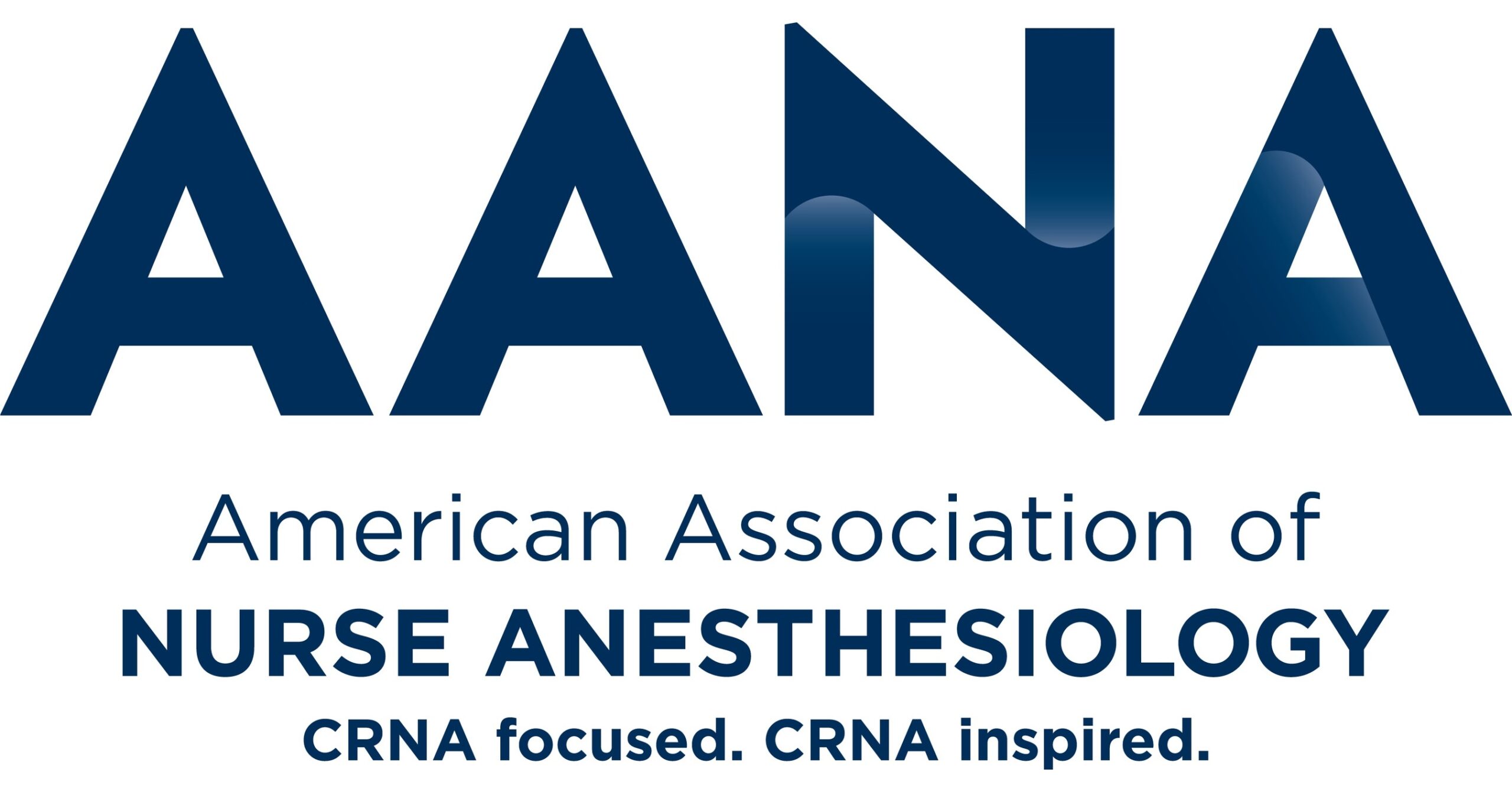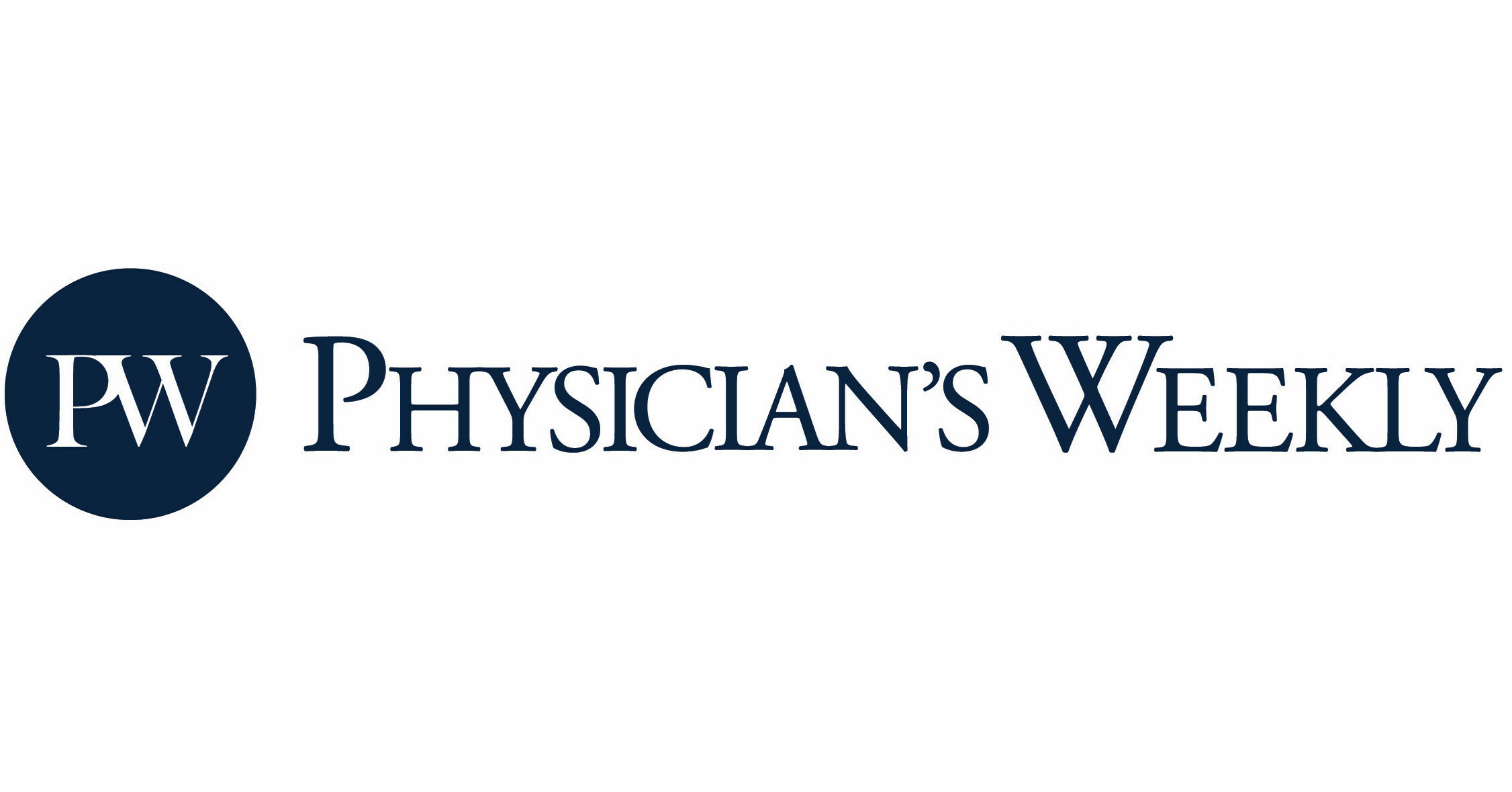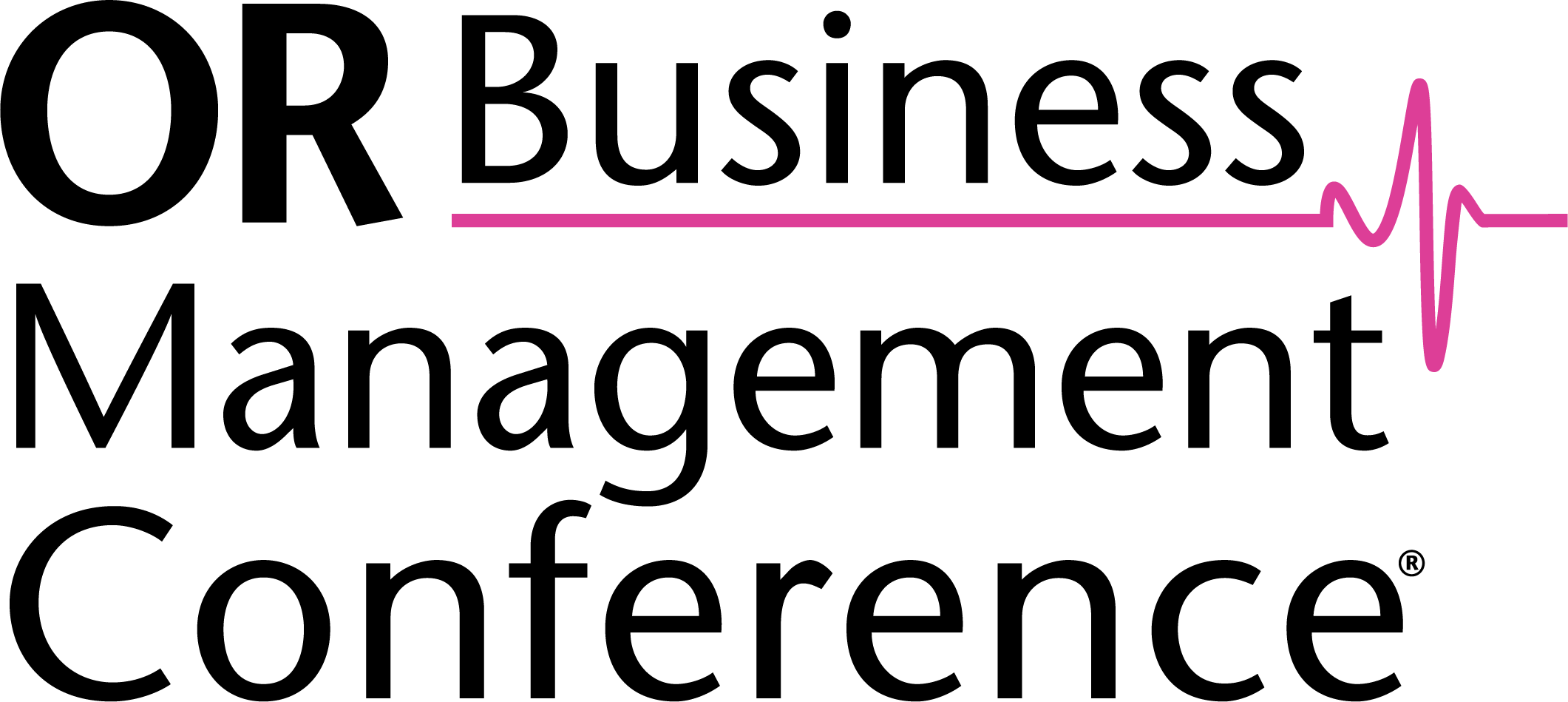Study: Cannabis use complicates sedation, cancer care

Editor's Note Cannabis users may require higher doses of anesthetics during sedation and experience worse physical and psychological symptoms during cancer treatment, according to an April 7 announcement from the University of Oklahoma (OU). Publishing in the journal Gastrointestinal Endoscopy, a multidisciplinary team of university researchers found that cannabis users…
Unplanned hospital admissions post ASC visits remain exceptionally low, study finds

Editor's Note A large-scale study of over 50,000 ambulatory surgery center (ASC) procedures shows a strikingly low rate of 24-hour unplanned postoperative hospital admissions, offering a benchmark that other ASCs can strive to match, General Surgery News March 26 reports. Over a 7-year period from 2016 to 2022, researchers at…
Legislation proposes granting CRNA practice authority to expand anesthesia access for veterans

Editor's Note Legislation introduced in the US House of Representatives seeks to expand access to anesthesia care for veterans by granting Certified Registered Nurse Anesthetists (CRNAs) full practice authority within the Veterans Health Administration (VHA). The Ensuring Veterans Timely Access to Anesthesia Care Act of 2025 is sponsored by Representatives…
Study: No significant link between GLP-1 drugs, postoperative aspiration pneumonia

Editor's Note Preoperative use of GLP-1 receptor agonists was not significantly associated with an increased risk of aspiration pneumonia or acute respiratory failure after surgery, according to a March 4 report in MedPage Today. The article focuses on a retrospective cohort study of over 366,000 surgical patients found no meaningful…
Hospital’s anesthesia reforms slash carbon footprint, expenses

Editor's Note Universitätsmedizin Berlin reduced anesthesia-related carbon emissions by more than 80% since 2018 by eliminating high-impact anesthetic gases, implementing education initiatives, and revising clinical guidelines, according to a February 27 report in Medical Xpress. The hospital’s efforts targeted desflurane, an anesthetic gas with an extreme climate impact—nearly 8,000 times…
Study: Prolonged general anesthesia linked to long-term cognitive decline

Editor's Note Prolonged exposure to general anesthesia during surgery contributes to long-term cognitive decline, affecting executive functioning, selective attention, mental speed, and information processing, according to a February 18 study published in the European Journal of Anaesthesiology. This prospective longitudinal cohort study followed 1,823 adults aged 25–84 in the Netherlands…
Research highlights anesthesia provider knowledge gap on drug, hormonal contraceptive interactions

Editor's Note Insufficient awareness of drug interactions with hormonal contraceptives (HCs) among anesthesia providers could lead to unintended pregnancies and preventable health consequences, according to survey published in Anesthesia & Analgesia. Physician’s Weekly covered the news February 27. The article specifically cites sugammedex and aprepitant, both of which are widely…
Session: Riding the Wave—Considerations to Making Anesthesia Profitable in Today's Labor Market

Editor's Note The OR Business Management Conference this year for the first time offered a lineup of sessions that was fully dedicated to content relevant to ambulatory surgery centers (ASCs). In this session, Collin Pick, MSN, CRNA, ARNP, CMPE, chief of anesthesia, Physician Partners of America, explored the ongoing anesthesia…
Criminalizing anesthesia errors has unintended consequences, experts warn

Editor's Note Treating unintended anesthesia errors as criminal acts could exacerbate workforce shortages, increase malpractice costs, and drive clinicians to defensive medicine, according to experts quoted in a January 15 report from Anesthesiology News. Instead, fostering a culture of safety and learning could more effectively reduce errors and improve patient…
Study: ERAS protocol reduces opioid use after cardiac surgery

Editor's Note Implementing a multimodal analgesia-based enhanced recovery after surgery (ERAS) protocol significantly reduced both intraoperative opioid administration and postoperative opioid prescriptions in cardiac surgery patients, according to a January 5 report in Anesthesiology News. The findings were presented at the 2024 International Anesthesia Research Society meeting by Montefiore-Einstein Center…

 Free Daily News
Free Daily News